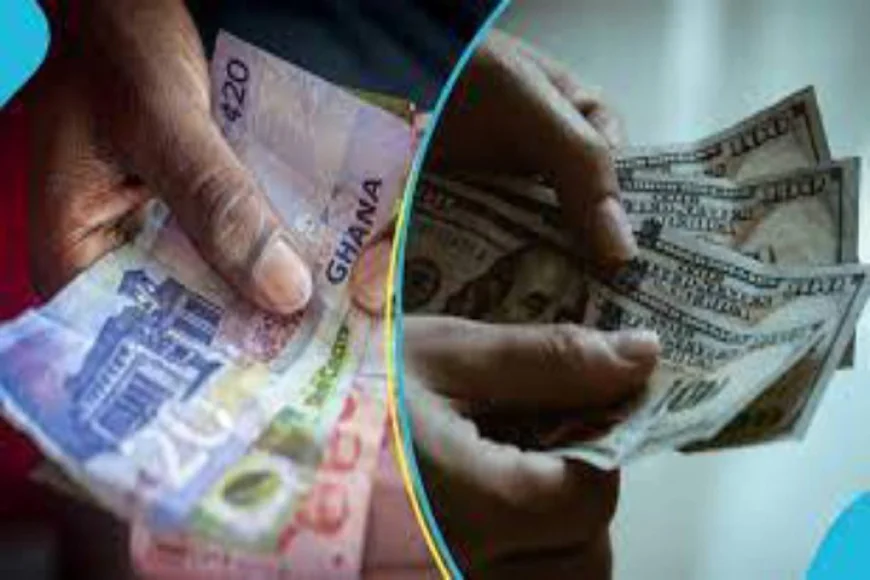Dollar-Cedi Exchange Rate Performance at the Close of July, 2025 - Interbank
Ghana’s currency, the Ghanaian Cedi (GHS), closed July 2025 with a notable appreciation against the US Dollar, settling at an official interbank rate of ₵10.50 to $1 USD.
Ghana’s currency, the Ghanaian Cedi (GHS), closed July 2025 with a notable appreciation against the US Dollar, settling at an official interbank rate of ₵10.50 to $1 USD. This marks a sharp rebound from earlier months and signals renewed confidence in the country’s macroeconomic management.
The average rate for July hovered around ₵10.42, reflecting a steady decline in dollar demand and improved forex liquidity.
Drive for Cedi’s Recovery
1. Tightened Monetary Policy - The Bank of Ghana maintained a high policy rate and continued open market operations to mop up excess liquidity, curbing inflation and stabilizing the cedi.
2. Improved Forex Inflows
Cocoa and gold exports surged in Q2
Remittances increased ahead of school fees and WASSCE season
IMF disbursements and donor support bolstered reserves
3. Reduced Import Pressure - Government restrictions on non-essential imports and fuel subsidies helped reduce dollar outflows.
Impact
Importers: Enjoy lower costs on goods, especially electronics and pharmaceuticals
Students abroad: Benefit from cheaper dollar purchases for tuition and upkeep
Remittance recipients: Receive slightly less in cedi terms, but inflation-adjusted gains remain stable
General public: May see slower price hikes on imported goods and fuel
Analysts caution that while the cedi’s rally is encouraging, sustained stability will depend on:
Continued fiscal discipline
Transparent debt restructuring
Export diversification and industrial growth
The July exchange rate milestone offers a rare moment of optimism in Ghana’s economic narrative. Whether this trend holds or falters will depend on policy consistency and global market dynamics.




